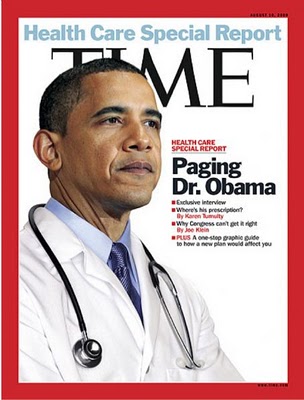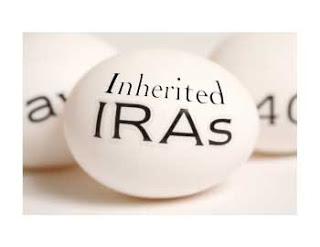We are six months away from the effective date of one of the biggest tax changes in history. Effective January 1, 2014, Internal Revenue Code Section 4980H, Shared Responsibility for Employers Regarding Health Coverage, goes into effect. Section 4980H came about as a result of the Patient Protection and Affordable Care Act back in 2010. Is your business ready for the implementation of this legislation? This article will explore some of the provisions of this Code section.
The basic premise of Section 4980H is that an assessable payment (i.e., a penalty) is imposed on an applicable large employer that fails to offer to its full time employees (and their dependents) the opportunity to enroll in minimum essential coverage under an eligible employer sponsored health plan for any month; and the applicable large employer has at least one full time employee who has been certified to the employer as having enrolled for that month in a qualified health plan though offered through a health insurance exchange with respect to which an applicable premium tax credit or cost sharing reduction is allowed or paid for by the employee. This assessable payment is for failing to offer health coverage.
The assessable payment for failing to offer health coverage is equal to the product of the applicable payment amount, which is 1/12 of $2,000 for any month, and the number of full time employees for the month. However, in computing the assessable payment, the number of the employer’s full time employees for any month is reduced by thirty. For example, assume ABC, LLC fails to offer minimum essential coverage and it has one hundred twenty full time employees, ten of whom receive a premium tax credit for the year for enrolling in a state exchange offered plan. For ninety of its full time employees (one hundred twenty full time employees less thirty), ABC, LLC owes $2,000 per employee for a total assessable payment of $180,000 which is assessed on a monthly basis.
Alternatively, if the applicable large employer does offer its employees the opportunity to enroll in health coverage but it is not affordable, then the applicable large employer is liable for a penalty equal to the product of the number of full time employees receiving a premium tax credit or cost sharing subsidy for the purchaser of health insurance through a state exchange for the month and an amount equal to 1/12 of $3,000 for any month.
However, the assessable payment amount may be capped. For example, assume in 2014, ABC, LLC offers health coverage to its employees and has one hundred twenty full time employees, twenty of whom receive a tax credit for the year for enrolling in a state exchange offered plan. For each employee receiving a tax credit, ABC, LLC owes $3,000 for a total assessable payment of $60,000 ($3,000 x 20 employees). The maximum amount of the assessable payment for ABC, LLC is capped at the amount of the assessable payment that it would have been assessed for failure to provide coverage, or $180,000 ($2,000 x 90 full time employees (120 full time employees less 30)). Since the calculated assessable payment ($60,000) is less than the overall limitation ($180,000), ABC, LLC owes the $60,000 assessable payment, which is assessed on a monthly basis.
In applying the above rules, an applicable large employer is one that employs an average of at least fifty full time employees on business days during the preceding calendar year. Additionally, for purposes of determining if an employer is an applicable large employer, the employer must also count its full time equivalent employees as full time employees. A full time equivalent employee is determined by dividing the aggregate number of hours of service of part time employees for the month by 120.
In determining full time employees, an exemption applies to employers whose workforce exceeds fifty full time employees for 120 or fewer days during the calendar year and the employees in excess of 50 employed during the 120 day period are seasonal workers. A seasonal worker is defined by the Secretary of Labor.
Some employers have stated that they will pay the penalties rather than provide health coverage. In making that decision, the assessable payment mentioned above is actually higher than stated because the payment of the assessable payment is not a tax deductible expense. Thus, in effect the assessable payment is increased by the amount of income tax that will be owed on the income from the non-deductible payment of the assessable payment. Alternatively, some employers will consider making changes to their business structure so that each of their various companies is under fifty full time employees. However, in ascertaining an employer’s size, all persons treated as a single employer under the aggregation rules of Code Sections 404(b), (c), (m), or (o) are treated as one employer. These include controlled groups of corporations, partnerships, and proprietorships under common control, and affiliated service groups. Due to the complexity of the aggregation rules, a discussion of those rules and its impact on an employer group will be discussed next month.
Although Obamacare has been described as a “train wreck coming”, it is coming. Large employers are encouraged to start educating themselves on the new rules they will have to operate under or face the applicable penalties.
– Jason W. Harrel is a Partner at Calone & Harrel Law Group, LLP who concentrates his practice in all manners of Taxation, Real Estate Transactions, Corporate, Partnership and Limited Liability Company law matters. He is a certified specialist in Taxation. Mr. Harrel may be reached at 209-952-4545 or jwh@caloneandharrel.com




